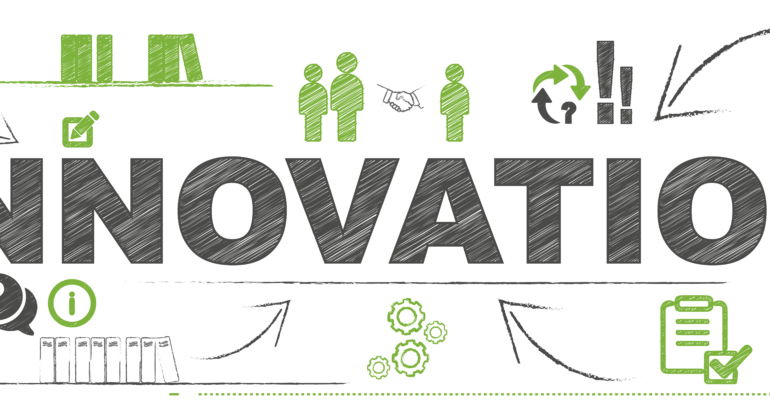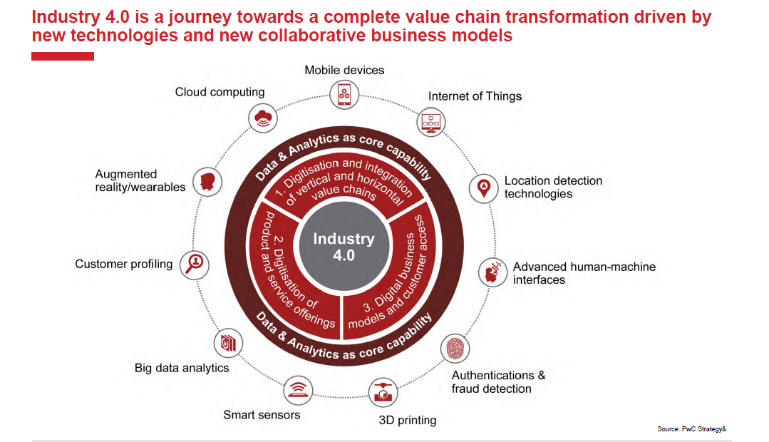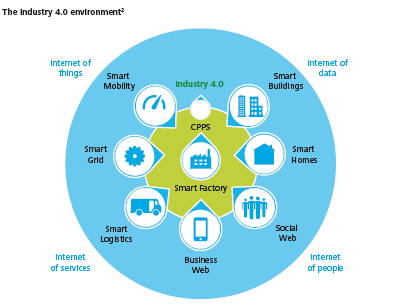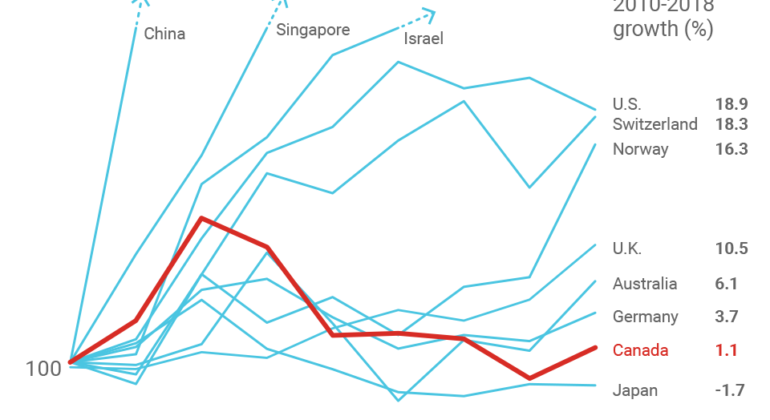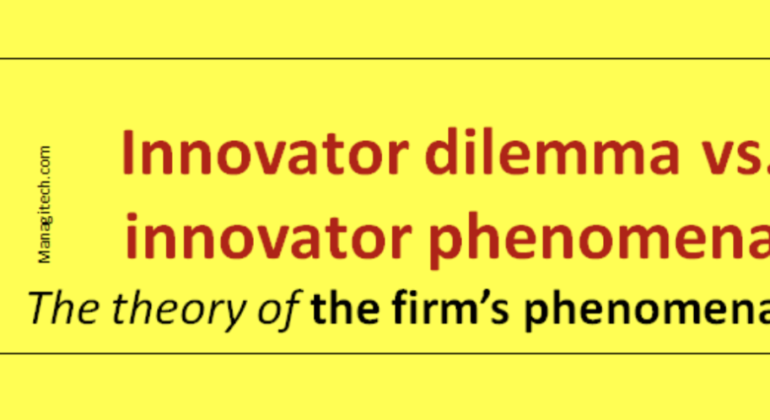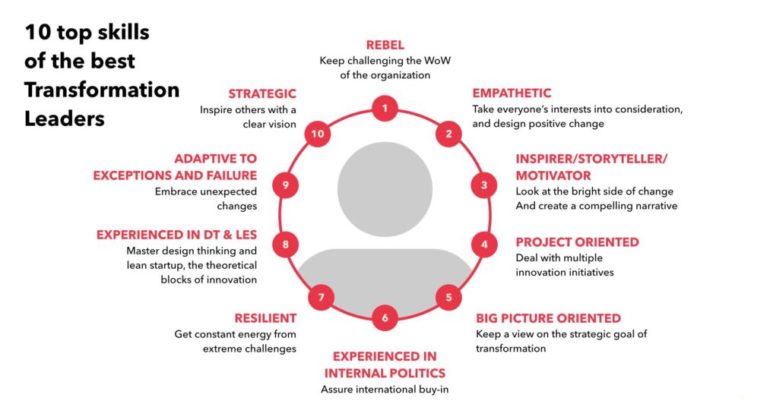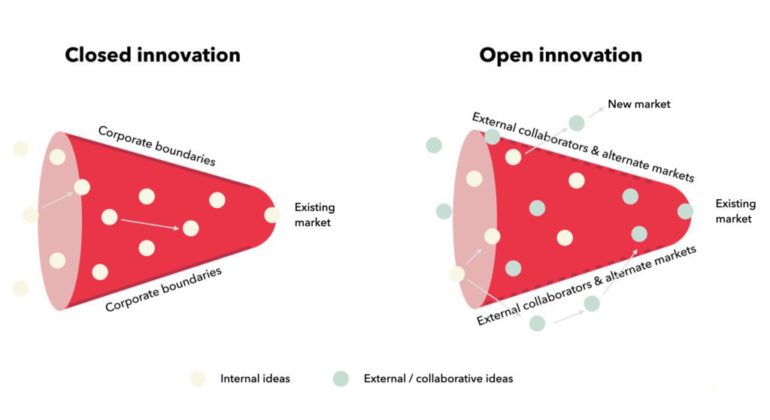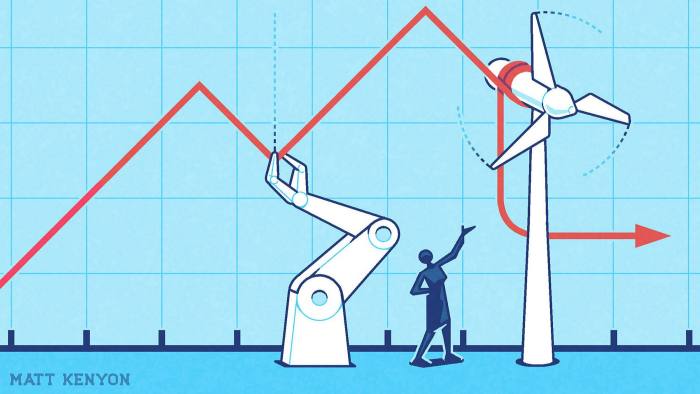Creating an Innovation Culture
What Is an Innovation Culture?
However, an innovative culture is not freewheeling environment. The most successful enterprises treat innovation as a business discipline. It should be subject to parameters such as budgets, priorities, and performance standards.
Astro Teller, CEO of Alphabet’s moonshot factory X, said, “The process of being innovative as an organization is a cultural thing; it’s a habit.”
Innovation Culture vs. Corporate Culture
The general definition of culture is “the set of shared attitudes, values, goals, and practices that characterizes an institution or organization” (Merriam-Webster). Basically, corporate culture is how things are accomplished in an enterprise. Culture often grows organically, especially in start-ups, but CEOs and other leaders can and should create the culture they desire.
The same applies to an innovation culture, which is a particular form of corporate culture. In a company blog post for LEAD Innovation, Franz Emprechtinger wrote: “Since innovation processes are generally cross-divisional processes, the innovation culture functions as a kind of cross-cutting culture, whose standards and values are shaped and supported by all process participants.”
The distinction between innovation culture and corporate culture is blurring in many companies. The “process participants” could be every employee in the organization who wants to contribute. Many leaders are making innovation a systematic and measurable part of each employee’s workday, to everyone’s benefit.
Dimensions of Innovation Culture
Every culture is unique, but innovation cultures have certain distinguishing characteristics. The following signal a strong commitment to harnessing the creative potential of employees and teams.
Focused leadership
Innovation is not just a side project or line item at these companies; it’s embedded in the corporate DNA. Executive teams see innovation as a competitive advantage. Never content with the status quo, they actively champion new ideas and innovation projects, providing dedicated resources and strategic direction.
A thirst for knowledge and progress
An innovation culture thrives because its employees are endlessly curious and want to solve difficult problems or create products that make a difference. They are comfortable with ambiguity and risk-taking. A shared mission and commitment to high performance motivates innovators in these environments.
Engaged employees
Engagement is the fuel that fires an innovation culture. Employees become more engaged when they are empowered to innovate and know that their efforts will be taken seriously. Seeing their contributions add value to the business perpetuates engagement.
Highly collaborative
Employees and teams innovate by collaborating with anyone who has something to contribute. Typical organizational boundaries rarely hold these innovators back. They collaborate regardless of titles, seniority, geographies, departmental siloes, and other perceived barriers.
Flatter organizations
While all organizations have a hierarchy of some sort, innovative enterprises are flatter. Leaders reduce or eliminate bureaucratic obstacles that hinder other companies. Employees and teams have more freedom to pursue ideas and implement them at speed.
Egalitarian
Other companies may sequester designated innovators in research and development departments or innovation labs/incubators. Innovation cultures embrace the fact that a good idea can come from anyone. These organizations find ways to democratize innovation by involving a wide variety of employees in innovation programs.
A fail-fast mentality
Failure is tolerated and even nurtured in innovative enterprises, because it’s usually a learning opportunity. Rather than stigmatize failure, these organizations encourage teams to quickly build upon lessons learned or move on to the next promising idea. This promotes the risk-taking and experiments that so often lead to creative breakthroughs.
Steps to Creating an Innovation Culture
Some organizations are further along than others when it comes to innovation values, beliefs, and behaviors. Here are six steps that start to move the needle towards a more systematic approach to innovation.
1. Establish clear direction and accountability
Leaders must clearly communicate the importance of innovation and why certain organizational changes are necessary. They facilitate innovation by ensuring that everyone understands the corporate strategy, priorities, and objectives. They hold teams and individuals accountable for achieving their goals and delivering practical results that drive business value.
This does not mean punishing failure, unless it’s caused by negligence, subpar work, or similar issues. By understanding what they are trying to accomplish, innovators will be less likely to waste time and money on ideas that do not support company strategy. Dr. Waguih Ishak, Chief Technologist at Corning Inc., wrote in McKinsey Quarterly that: “This trust helps forge an innovation culture.”
2. Grant autonomy
While parameters must be clear, teams also need the freedom to pursue experiments and projects (think Agile methodology). Innovators should have wide latitude in how they solve problems or develop ideas. Too many deadlines, micro-management, and other restrictions can stifle creativity.
3. Reduce bureaucracy
Along those lines, it’s important to eliminate as many barriers to innovation as possible. For example, employees who are limited by inflexible budgeting or a lengthy approval process will be less motivated to start anything new. Having a flatter hierarchy speeds decision-making and results.
4. Deploy systems that facilitate innovation
Sustained innovation requires systems that enable innovation management. These systems can provide a consistent approach to everything fromsoliciting ideas to qualifying, prioritizing, and implementing them. The ability to then measure results is important for communicating the value of innovation to both leadership and employees.
5. Hire with innovation in mind
Many job candidates don’t see themselves as creative, but the right ones can fit into and even advance an innovation culture. Leaders should look for people who are of course talented, committed to excellence, and adaptable. Individuals should share the company’s innovation values but also be objective and accepting of the business imperative.
6. Prioritize diversity
The more talented minds bent on driving innovation, the better. Research shows that the most diverse organizations (diversity of gender, race, age, education, career path, nation of origin, etc.) have higher innovation revenue, better operating results, and above-average profitability.
Disciplined Innovation: Box in Organizational Creativity
Orson Wells once said that, “The enemy of art is the absence of limitations.” Creativity thrives in a box. Good leaders build an innovation culture on a foundation of confines that spur innovators to go in new, unique directions.
Management discipline is crucial here as well. Leaders need an objective, data-based way to manage the entire innovation lifecycle. For example, saying no to some ideas and yes to others based on factors such as technical viability, financial impact, resource capacity, complexity, risk, and many others.
Quantifying a Culture of Innovation
Examining five years of anonymous data in Planview Spigit’s database of more than six million users in 170+ countries, we discovered that a culture of innovation can be measured – with a 99% statistical confidence level – by a metric we call ideation rate. For the first time ever, companies can clearly measure – and influence – how innovative their cultures are.


